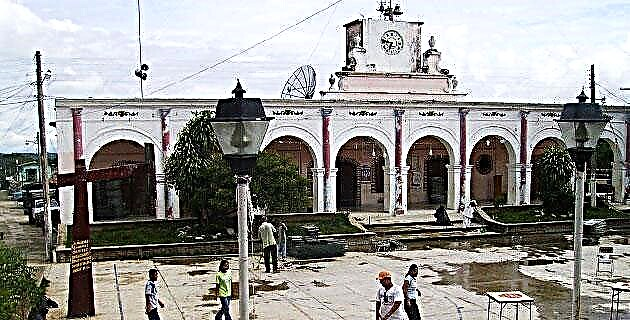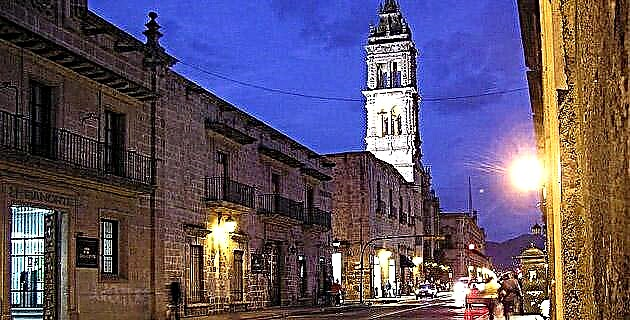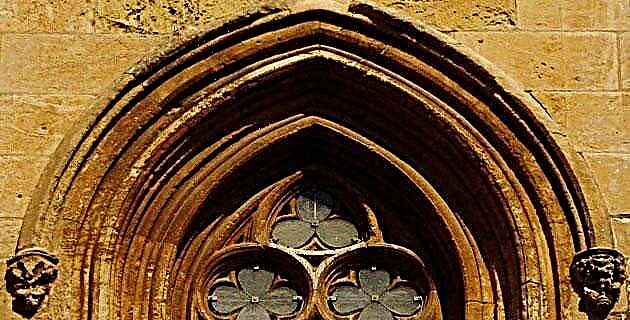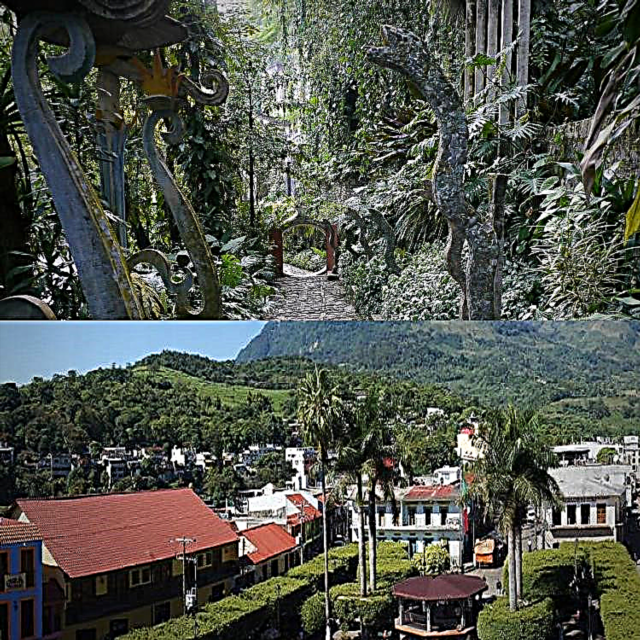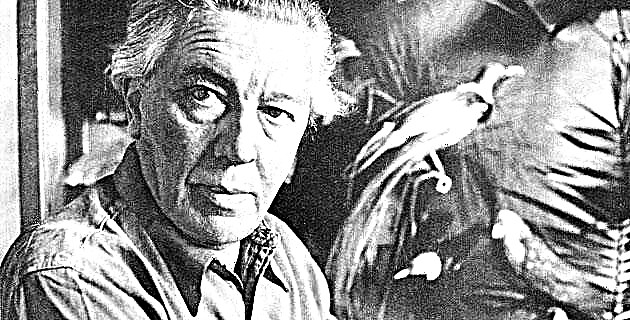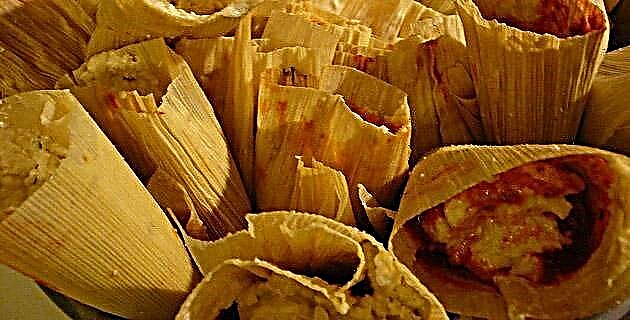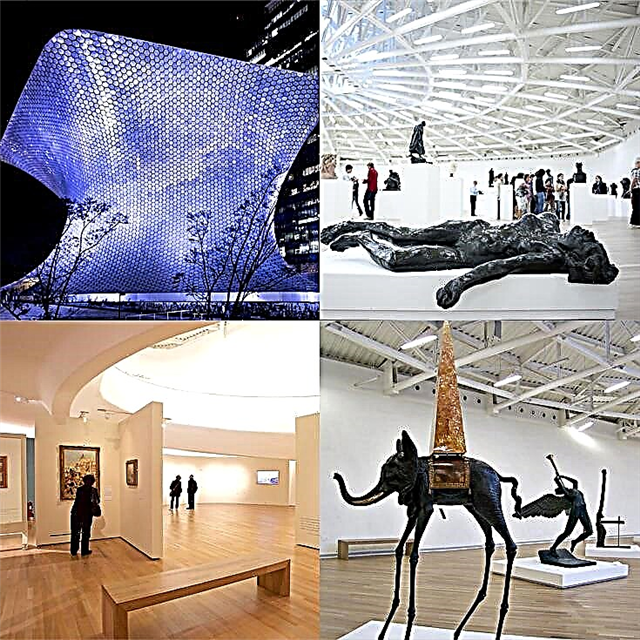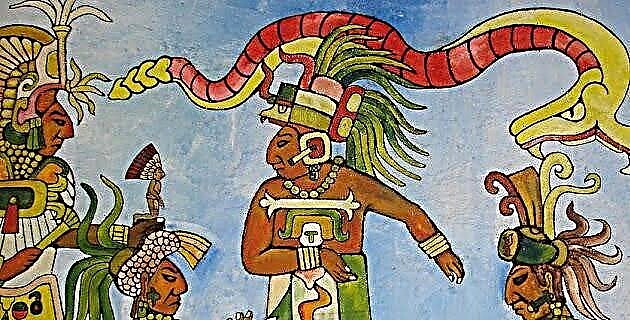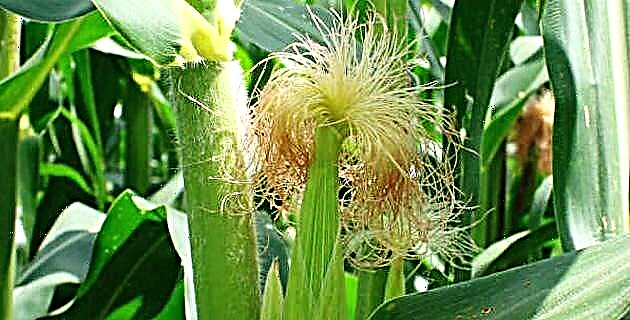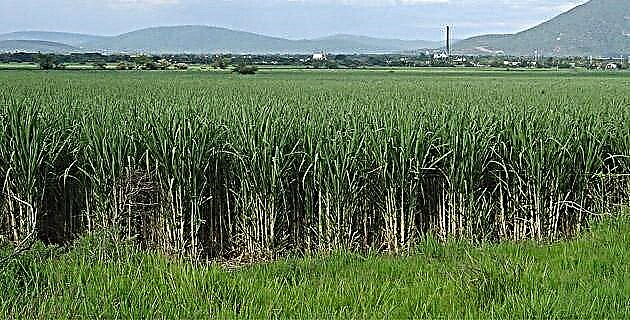
With the desire to discover exciting places and stories, unknown Mexico approached the heart of the sugar world, the scene where a whole town, in the midst of effort, work and partying, makes the harvest a memorable event.
Mataclara is located in the state of Veracruz, near Córdoba, and is made up of several ranches such as Tamarindo, Polvorón, Manantial, San Ángel, the latter two 500 meters from the sea. It has several rivers, one is the Seco that comes from Córdoba. In the center of the community crosses the Tumba Negra river. Other rivers in the region are the Tótola, Arroyo Grande and Río Colorado.
The community has a large number of sugarcane fields, without thick forests, but with huge mangales that flood the town with aroma and color. The men work from very early even before sunrise, some work the land that will later be sown. They make grooves 40 centimeters deep, then the seed is "peeled", that is, the leaf is removed before sowing. It is watered and in 15 days a small bush sprouts that is left to rest for up to two months, some time later herbicides are applied and it becomes a plant with an approximate height of 70 centimeters. After three months it begins to thicken and fertilizers are applied for its better development and growth. The process ranges from one year to 18 months. When the plant has reached its optimum size, it is burned, this is so that the cane growers can penetrate the cane fields, since the leaves are extremely sharp and with burning the leaves disappear and the cane remains intact, just a little blackened.
The burning does not take more than 20 minutes, during which the men are attentive to run as soon as the heat allows them towards the plot and appropriate the most attractive "corridors", these are the ones with the most grown canes. When they enter the cane field, the fire still continues and the heat reaches more than 70 degrees. Then he begins the cut with impressive skill, in which each one gathers their stacks, which will be paid piecemeal when the sugar mill trucks arrive. The women participate by bringing food to their men who, with grimy faces, take a short break to eat and drink and then continue their strenuous task. The machetes sound relentlessly. Only the setting of the sun will make them stop.
At night, when these anonymous heroes arrive in the community, the town lights up, people share their steaming coffee in the patios of their houses, where portraits of relatives who have left hang on the walls. The harp and the jarocho trio sound in the streets, beautiful girls dressed in the traditional way dance and parade through the town. It seems like a real carnival that only happens on a simple weekend. Mataclara dances and sings all night, the locals comment: “We work hard, but we also have fun, what would life have if not…? All celebrate and remember the feats of the ancestors never subdued, men of struggle and principles, an example of this is found in the legendary Yanga, who was a precursor of the freedom of black slaves.
The africania of Yanga and Mataclara
The history of Mataclara and that of the community of Yanga, formerly San Lorenzo de los Negros, are linked. It is named after the legendary rebel hero. It was autonomous and independent from the first half of the seventeenth century. Proudly the locals call it the first free people of America. On the outskirts of Yanga is Mataclara, this small community, but with an important sugarcane activity and a long history of maroon rebellions that have marked the iron and unyielding character of the men who work in the sugar harvest.
The term cimarrón originated in the New World to designate domestic cattle that escaped to the mountains. From the 16th century on, escaped slaves were called cimarrones. Being a designation for blacks, it was also applied to Indian slaves fleeing from their masters, only that in the case of blacks, flight and resistance to their capture had connotations "of unbreakable fierceness." The organized maroon became rebellions throughout America throughout the four centuries of slavery, they were undermining the colonial power. The colonial armies persecuted the maroons who took refuge in the mountains to found their palenques, quilombos or mocambos, as these enclaves of slave communities were called. Faced with these cases of organized resistance, the target had no alternative but to agree, through treaties with the maroons, granting them freedom and in many cases autonomy.
The most important insurrection occurred in 1735, more than 500 fugitive black rebels attacked the neighboring ranch of San Juan de la Punta. In Córdoba, the news caused a stir and fear. Help was requested in the Port of Veracruz, which sent more than 200 men; in Orizaba freedom was offered to the Negro if he handed over the leaders of the rebels. The insurgents put a price on the heads of the generals of the viceregal armies. Both forces fought with courage, but the ammunition exhausted, the blacks had to retreat, no longer having lead, they loaded the weapons with pebbles to use them as projectiles.
Growing between mangales
Florentino Virgen, chronicler of the place, spoke to us about how the community grew over time. In the twenties of the last century, work began on the first school with modest roofs of grass or royal coyol palm, but with committed teachers of great value to the people of Mataclara. Later the Emiliano Zapata school was founded, which today is surrounded by splendid mangales that are more than 150 years old, which give it a very peculiar atmosphere.
In 1938 the construction of the federal highway that goes to Orizaba began, at that time the current layout of the town with its four main streets also began. In the center of the community there are huge trees called nacastles, more than 200 years old, also the kiosk, the farmer's house, the church, the kindergarten and the school.
If you go
For Mataclara you have to first get to Córdoba, Veracruz, and from there move to the community of Mataclara, in the Municipality of Cuitláhuac, about 60 kilometers along the highway that goes to the port of Veracruz.
Source: Unknown Mexico No. 371 / January 2008.

